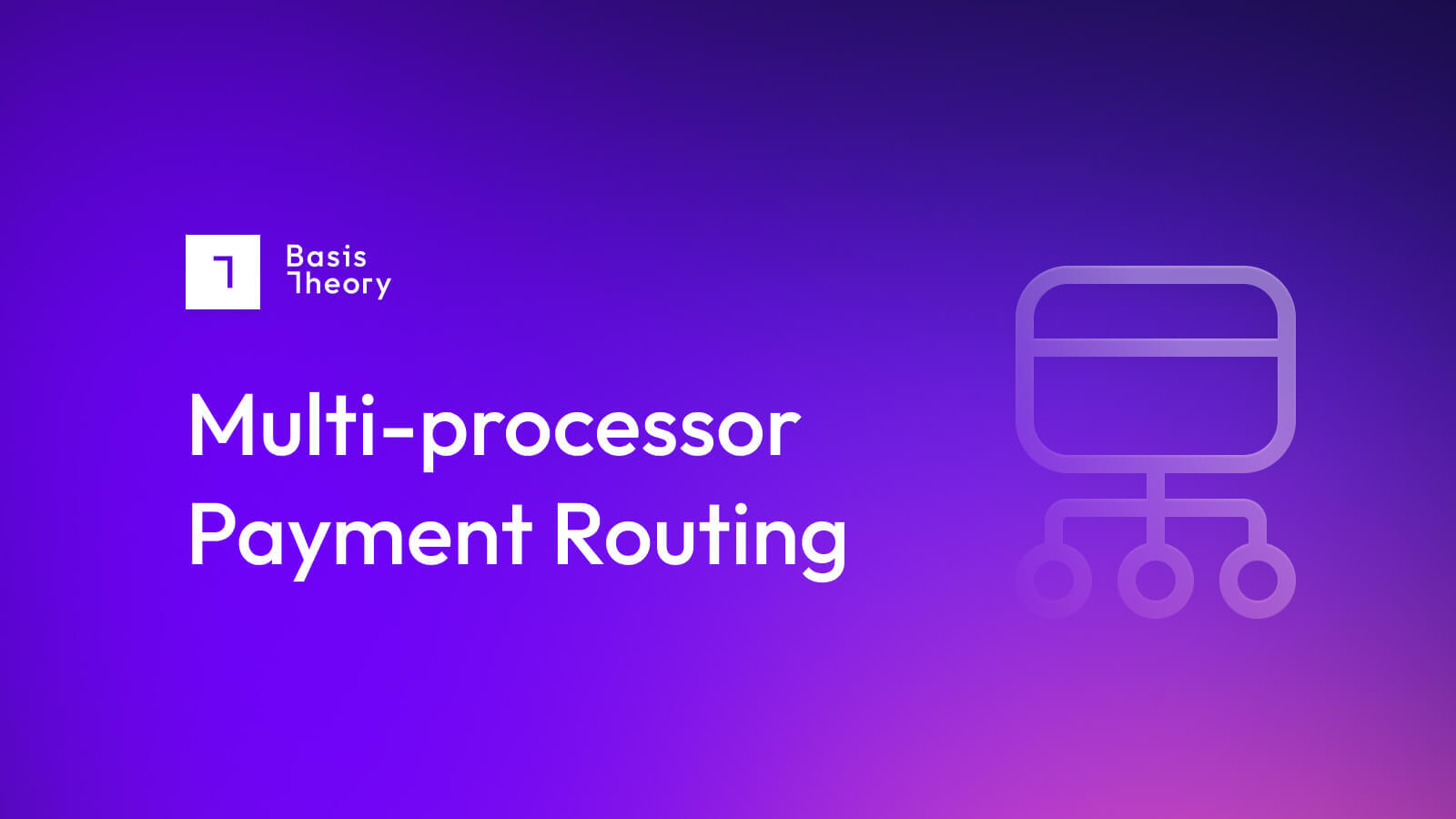Turning Currency Conversion into a Revenue Source

E-commerce merchants are untethered from the physical locations that tie brick-and-mortar businesses to their address. Online businesses can, in principle, sell anything to anyone, anywhere.
Meaning, providing conveniences like alternative payment methods and dynamic currency conversion are necessary for potential customers. More importantly, it offers opportunities to profit from currency conversion operations that favor the merchant—while still providing a positive customer experience.
What is the currency conversion process?
When two entities want to enter into a commercial transaction, one of them needs to pay the other. When each are using different currencies to run their businesses, one will need to exchange their money into the other’s legal tender.
For instance, if a customer in France wants to buy something from a company in the United States, either the customer will need to exchange some Euros for dollars to remit to the merchant; or the merchant will need to accept Euros, then exchange them for dollars to account for them in their books.
Clearly, one side of the transaction is taking a risk because currency conversion rates change all the time. If the French buyer does the conversion, they risk that they could have gotten a better rate on a different day; if the American seller converts the funds it receives, the rate may change unfavorably between the time the money arrives and when it is exchanged.
For this reason, most merchants contract with a third party to do currency conversion in real-time. In this situation, the French buyer is quoted a price in Euros that they can confidently pay in their standard currency, and the US seller is guaranteed to receive the exact amount of dollars they expected.
The third-party exchange service may charge a flat fee for each transaction. They likely will also adjust the exchange rate so they can profit from the difference. Here’s an example:
- The seller wants to receive $30.
- The current interbank exchange rate for Euros is EUR 0.88 for $1.
- Logically, then, the buyer should pay EUR 34.10.
- However, the exchange service may use a slightly different exchange rate of, say, EUR 0.85.
- Now the buyer pays EUR 35.30.
- The exchange service converts the EUR 35.4 at the lower bank rate to receive $31.15.
- They pay the merchant $30 and retain $1.15, plus whatever fee they are owed for the service.
Because currency conversion rates are constantly changing and generally expected to be inconsistent (as anyone who has ever visited a bureau de change in an airport surely knows), this small change to the exchange rate passes largely unnoticed by the buyer and seller.
When to Use Currency Conversion
For most businesses, customer demand requires all transactions to be executed in the consumer’s home currency. Most consumers react poorly to being asked to pay in a different currency from their own: asking them to operate in an unnatural way causes friction in the payment process, which reduces conversion rates.
Full-service payment service providers (PSPs) have known this for years and routinely offer dynamic currency conversion options: the opportunity to have home currency prices automatically displayed to consumers in the currency of their locale (usually selected by examining the user's IP address.)
As explained above, this is not only a valuable service to the merchant and customer but also an opportunity to capture revenue.
These dynamic currency conversion options offer various options that can be applied: rounding to the nearest whole unit, for instance, or even cutting the merchant in by adding extra to the conversion fee to increase their revenues. Indeed, for many full-service PSPs, currency conversion revenue can represent a significant portion of their revenue mix due to its near-invisibility to the consumer and merchant alike.
Turning Currency Conversion into Revenue
As we’ve seen, whoever controls the currency exchange rate controls the actual cost to the consumer, and revenue to the merchant. It’s fair to say that each entity that touches the transaction also takes a small bite out of the total. So if a merchant is committed to running all their transactions through a full-service PSP, and using that provider’s conversion service, they can be sure that both the actual conversion service provider and the PSP will be taking their share.
Additionally, surrendering control of the finally-displayed cost to the PSP may mean that the merchant loses the opportunity to shape either the price or the rate for the end customer.
Imagine, for instance, a merchant in the United States who sells a product in the UK. When displaying a price on the page, they have a series of choices:
- Set a price in USD and hope the UK customer will accept it. This is unlikely to maximize sell-through, but will result in the merchant receiving the right amount of dollars.
- Set a price in British Pounds (GBP) and accept that by the time the money is remitted to their bank it will be roughly equivalent to what they initially imagined. This requires constant monitoring, as conversion rates can fluctuate sufficiently to make the difference meaningful to profit margins.
- Set a dynamic price, where the GBP price is always equivalent to the USD the merchant is expecting. This may result in strange-looking prices that are off putting to customers.
- Set dynamic pricing, with rounding up to the nearest round number, or perhaps the nearest half a pound minus one (i.e. guaranteeing every price always ends in .49 or .99). In this way the merchant eliminates the risk of putting off customers with strange prices, and guarantees themselves no less than the USD haul they expect.
Option 4 is, self-evidently, the right course to maximize revenue.
Having the control to determine the exchange rate is also critical, so that adding another entity’s fees into the equation doesn’t push quoted prices above a reasonable level. In a perfect world, the consumer should be able to compare the price in USD to GBP, refer to a publicly available estimate of exchange rates, and see that it is reasonably close.
As an example, the bank interchange rate on the day this post was written was GBP0.75 to $1; but Wells Fargo bank is offering GBP0.73 to $1. Using commercial conversion services would likely cut that spread in half (i.e. they might offer GBP0.74 to $1), allowing the merchant to collect the extra penny per dollar. The individual amounts start small, but another percentage point or two of margin on a high volume can be transformative in a low-margin space.
Having Control of Currency Conversion
As we’ve seen, the less third parties touch each conversion operation, the more opportunity the merchant has to recognize the revenue benefits that would otherwise go to a provider. The first step in taking control is to unbundle all of the services from a full-service PSP as exclusive payment partners: they may offer enticing values for particular transactions (say, home currency-based transactions using high-cost credit card brands), but should be sidelined for complex multi-currency deals.
This enables the merchant to contract with a range of payment providers, including currency conversion specialists, and to programmatically select the most beneficial payment path for each transaction, giving themselves options on their currency conversion partner.
Start collecting, sharing, and processing any type of data with Basis Theory. Being an agnostic payment vault creates advantages for merchants with a multi-PSP strategy!
.png?width=365&height=122&name=BTLogo%20(1).png)



